ACKNOWLEDGMENTS
The K-VIS (Korean Vascular Intervention Society) investigators include Woong Chol Kang, Gachon University Gil Medical Center, Incheon, Korea; Sung-Ho Her, The Catholic University of Korea Daejon St. Mary’s Hospital, Daejon, Korea; Yoon Seok Koh, The Catholic University of Korea Seoul St. Mary’s Hospital, Seoul, Korea; Byung-Hee Hwang, The Catholic University of Korea St. Paul’s Hospital, Seoul, Korea; Ae-Young Her, Kangwon National University Hospital, Chuncheon, Korea; Weon Kim, Kyung Hee University Hospital, Seoul, Korea; Cheol Woong Yu, Korea University Anam Hospital, Seoul, Korea; Sang Cheol Jo, Gwangju Veterans Hospital, Gwangju, Korea; Sanghoon Shin, National Health Insurance Service Ilsan Hospital, Goyang, Korea; Yun Hyeong Cho, Myongi Hospital, Goyang, Korea; Woo-Young Chung, Seoul National University Boramae Medical Center, Seoul, Korea; In-Ho Chae, Chang-Hwan Yoon, Seoul National University Bundang Hospital, Seongnam, Korea; Jung Kyu Han, Seoul National University Hospital, Seoul, Korea; Seung Whan Lee, Asan Medical Center, University of Ulsan, Seoul, Korea; Seung Hyuk Choi, Samsung Medical Center, Sungkyunkwan University School of Medicine, Seoul, Korea; Young Jin Choi, Sejong General Hospital, Bucheon, Korea; Su Hyun Kim, St. Carollo Hospital, Suncheon, Korea; Sang Ho Park, Soon Chun Hyang University Cheonan Hospital, Cheonan, Korea; Pil-Ki Min, Gangnam Severance Hospital, Yonsei University, Seoul, Korea; Donghoon Choi, Young-Guk Ko, Chul-Min Ahn, Severance Cardiovascular Hospital, Yonsei University, Seoul, Korea; Young Jin Yoon, Wonju Severance Christian Hospital, Yonsei University, Wonju, Korea; Jung-Hee Lee, Yeungnam University Hospital, Daegu, Korea; Yu Jeong Choi, Eulji University Hospital, Daejon, Korea; Sung Kee Ryu, Eulji General Hospital, Seoul, Korea; Ju Han Kim, Chonnam National University Hospital, Gwangju, Korea; Sang-Rok Lee, Jeonbuk National University Hospital, Jeonju, Korea; Hoyoun Won, Chung-Ang University Hospital, Seoul, Korea; Ju Yeol Baek, Cheongju St. Mary’s Hospital, Cheongju, Korea; Jae-Hwan Lee, Chungnam National University Hospital, Daejon, Korea; Jang-Hwan Bae, Chungbuk National University Hospital, Cheongju, Korea; Hyun-Sook Kim, Hallym University Sacred Heart Hospital, Seoul, Korea.
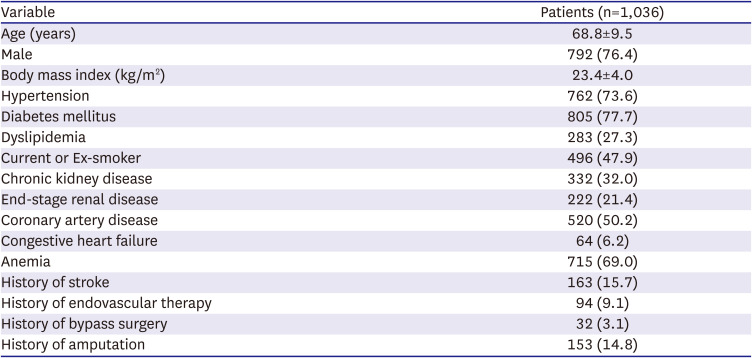
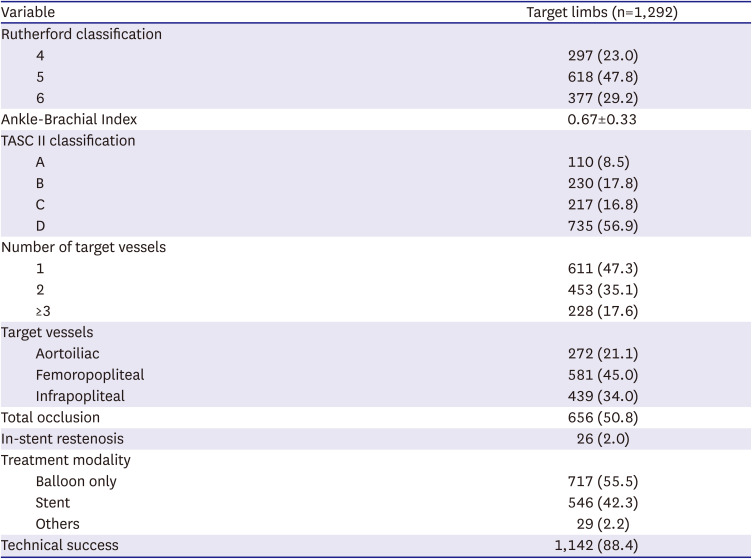
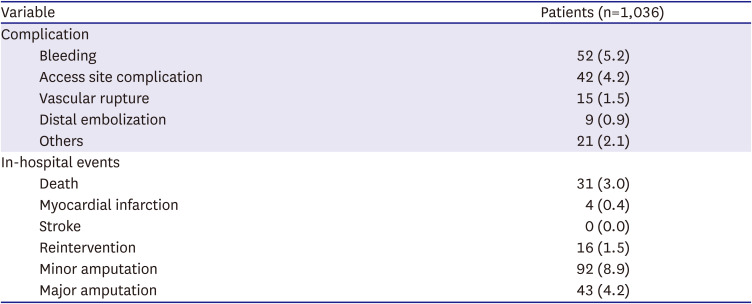
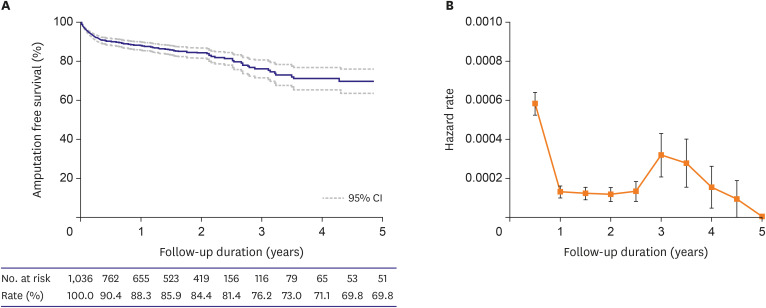
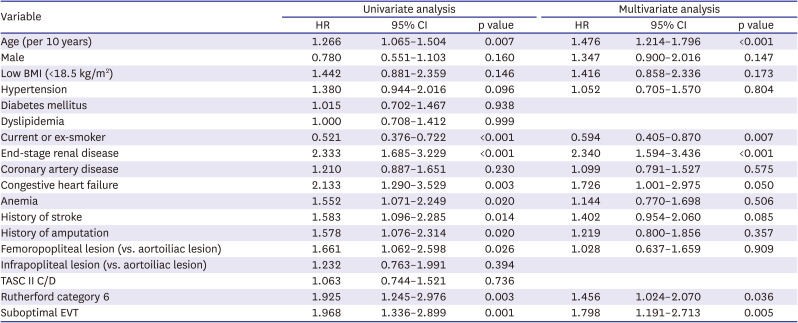
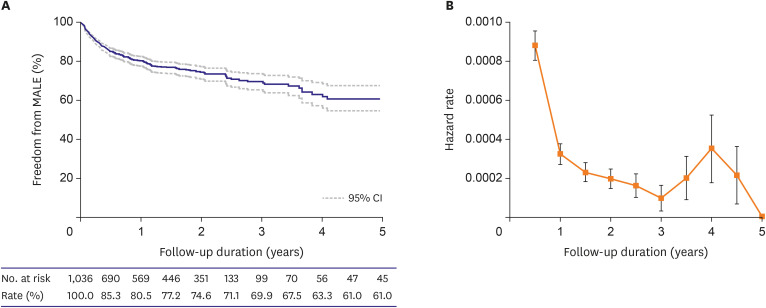
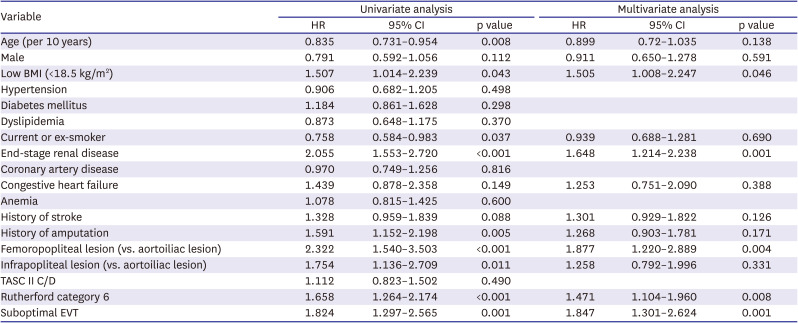




 PDF
PDF Citation
Citation Print
Print



 XML Download
XML Download